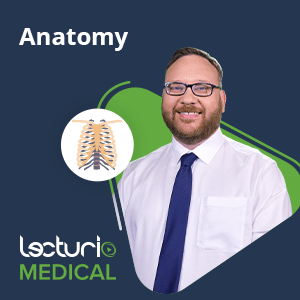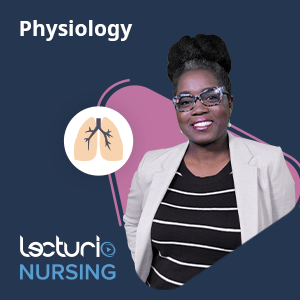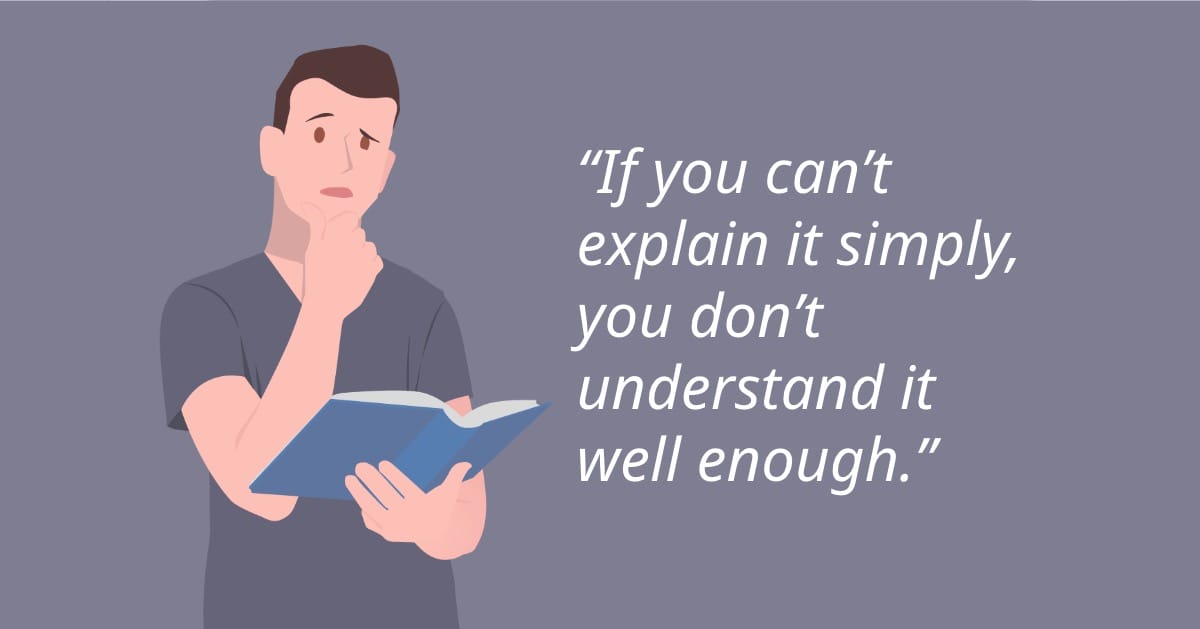What is kinesthetic learning?
The term kinesthesia refers to the sensory ability that allows individuals to be aware of their body parts’ positions and movements without having to look at them.
Kinesthetic learning, also known as tactile learning, is a learning style in which students learn best by physically engaging with the material.
This could involve hands-on activities like building models, performing physical tasks, or using body movements to explore and understand new information.
A word on learning styles
The VARK model of learning styles
The VARK model assumes that there are different types of learners who prefer and perform best with different styles of learning:
- Visual: Visual learners prefer to watch and observe to learn, and learn well with diagrams and pictures.
- Auditory: Auditory learners like listening to lectures and may benefit from re-listening to the information with noise-blocking headphones.
- Reading & writing: Those learners remember by taking notes and reading information in text form.
- Kinesthetic: Kinesthetic, or tactile learners prefer a learning-by-doing approach. The more they take part in an activity physically, the better they learn.
Kinesthetic learners are characterized by a strong need for physical activity, and may struggle with traditional lecture and studying situations that rely heavily on listening, reading, writing, and visual information only. Kinesthetic learners need to be more active participants in the learning process to get the most out of it.
However, the concept of learning styles is controversial among the scientific community. Critics state that there is limited scientific evidence to support the idea that teaching to a specific learning style significantly improves learning outcomes.
If you still want to find out your most likely dominant learning style, check the VARK questionnaire.
The truth is in the middle
Keep this controversy in mind and don’t rely too much on the assumption that one particular learning style must be the best one for you.
It is likely more helpful to assume the truth is somewhere in the middle: A combination of different learning modes could be the best option for you. That combination may not always be the same, but could look different based on different study topics, your energy levels, and many other factors.
Try out all the modes of learning and experiment with combinations of them to find what works best for you.
The benefits of kinesthetic learning
#1 Movement is good for you
We all know moving your body is good for you. Movement increases blood flow to the brain, which can increase energy levels, improve concentration, and also boost long-term retention of information. The act of moving while learning creates a dynamic environment that stimulates neural activity, leading to more effective encoding of information in the brain.
#2 It diversifies your learning strategy
The science behind multisensory learning suggests that when information is processed through various modalities—such as visual, auditory, and kinesthetic— it creates multiple memory traces in different brain regions. This redundancy means the brain has more ways to retrieve the same piece of information, significantly improving memory retention.
In a nutshell: Using more diverse learning styles can help you recall information more reliably and effectively than only relying on the same style all the time.
Since kinesthetic learning naturally does not come up as often in most people’s study routine as reading, writing, diagrams, and listening, actively including kinesthetic learning activities can give your learning efficacy a real boost.
#3 It prepares you for a hands-on profession
The healthcare field is inherently hands-on. As a healthcare professional, you will need to perform tasks that require both precision and instinctive physical responses. That is not just for emergency situations – even in everyday clinical settings there are tons of physical demands and processes that will need to be automatic for you at some point.
The earlier your training includes physical practice, the easier it might be for you to later bridge the gap between theory and practice, and prepare you better for the reality of your future role.
Examples of kinesthetic learning activities
So, how can you apply kinesthetic learning strategies to your studying?
Simulations and role-playing
One important application of kinesthetic learning is already part of most healthcare study programs: simulations. Students are put in simulated scenarios with puppets or actors and need to solve situations and conduct procedures. Actually doing them is the safest way to remember all the steps, in the correct order, in combination with the necessary background knowledge. You can replicate this in your studies at home by enlisting friends, family members, or pets (or even just drawing a stick figure to talk to) as your simulation patients.
Use physical models for anatomy and physiology
A lot of healthcare students have a trusted plastic skeleton-roommate that helps them review concepts looking at an, well, almost actual person. The skeleton doesn’t mind if you lift the arm a million times or tap its rib cage until you remember heart arrhythmias. If you don’t have a fake skeleton, you can try a stuffed animal – just having something in your hand that you can point out limbs and organs on may already help you.

Take the Course: Anatomy for Medical Students
Get to know the intricate anatomical details of the human body with Dr. Pickering, PhD!
Use spatial orientation
If you are using flashcards to study, you can store them in different locations in your room and physically go there to review specific topics. Associating content spatially uses yet another mode of the brain, which can improve your memory. A way of doing this mentally only is building a memory palace.
Make note-taking a physical experience
Instead of staying seated at your desk while taking your notes, you can try a whiteboard on the wall, or big pieces of paper. Walking around and drawing bigger diagrams involves more of your body in the note-taking process.
Find ways to incorporate moving your body
Become more active by including gestures when you teach-back concepts. Gesturing, pointing relevant parts of your body out to yourself, or using body language that fits the topic can help integrate the information in a more interactive and engaging way. Fidget toys give your hands something to do when you really can’t incorporate movement in any other way, and can help you stay more focused. Standing up at your desk, walking around while reciting facts, and changing your sitting posture can all be ways of including more movement in your study routine.
You can even try a solo-version of charades and reenact concepts physically!
Final words
As with all learning hacks and techniques, there is no one size fits all approach. Experimenting with different strategies is key to finding your personal combination of routines that make your studying most efficient and effective.
Kinesthetic learning is a learning style that taps into a part of your brain that often is neglected during studying. Incorporating movement into your study routine not only can make your learning more effective and enjoyable, but also prepare you for the step out of the library into your future role in real clinical environments.





